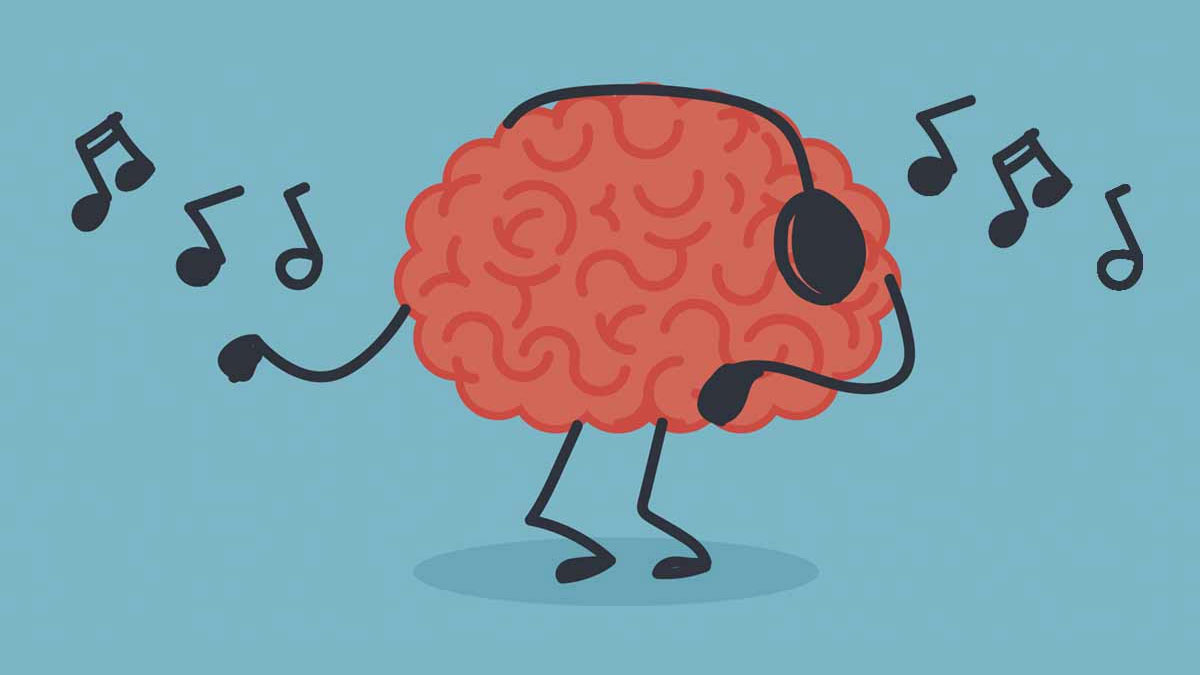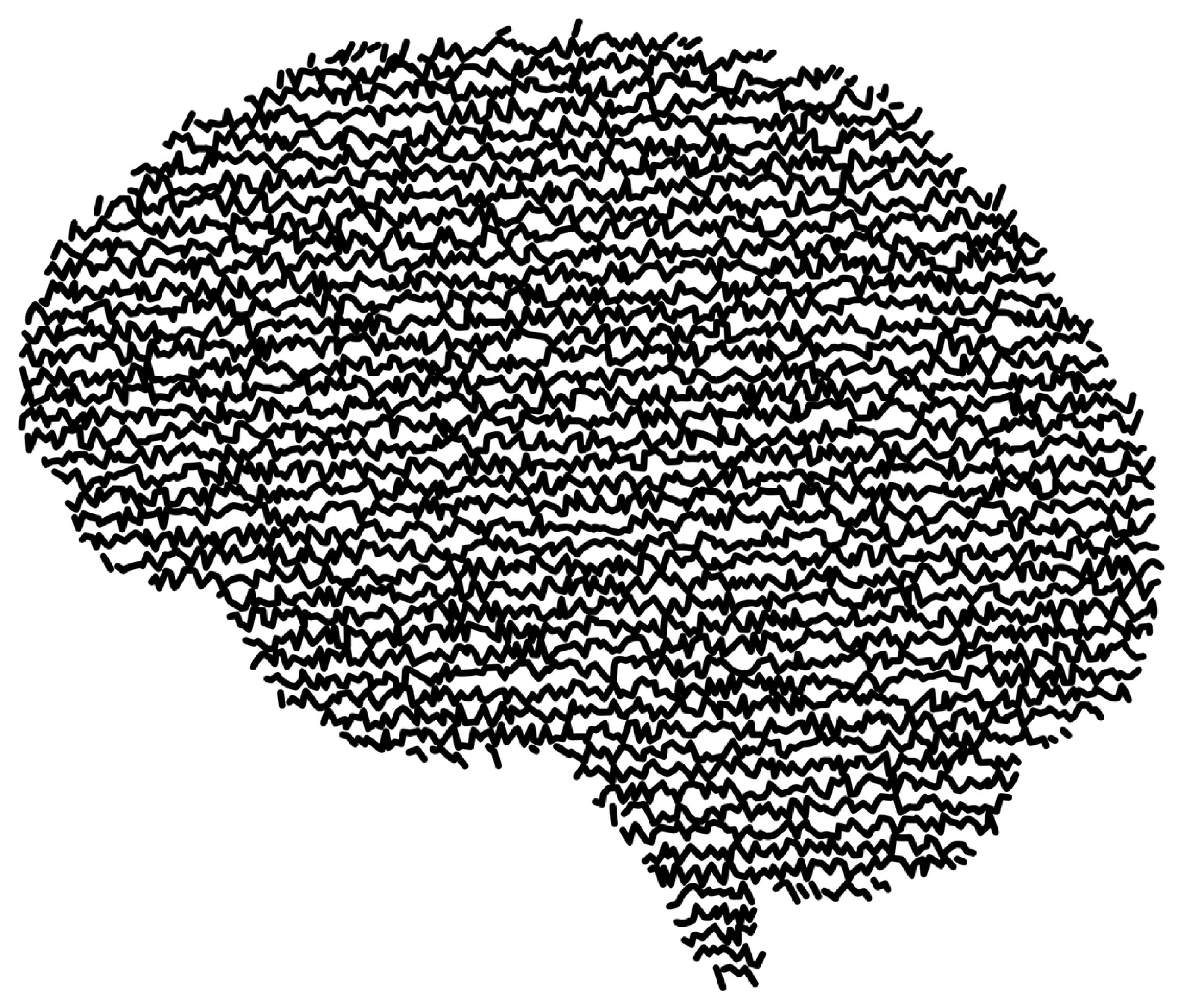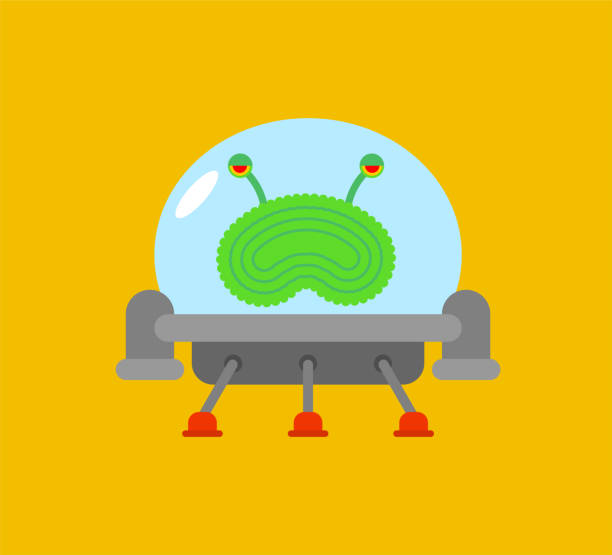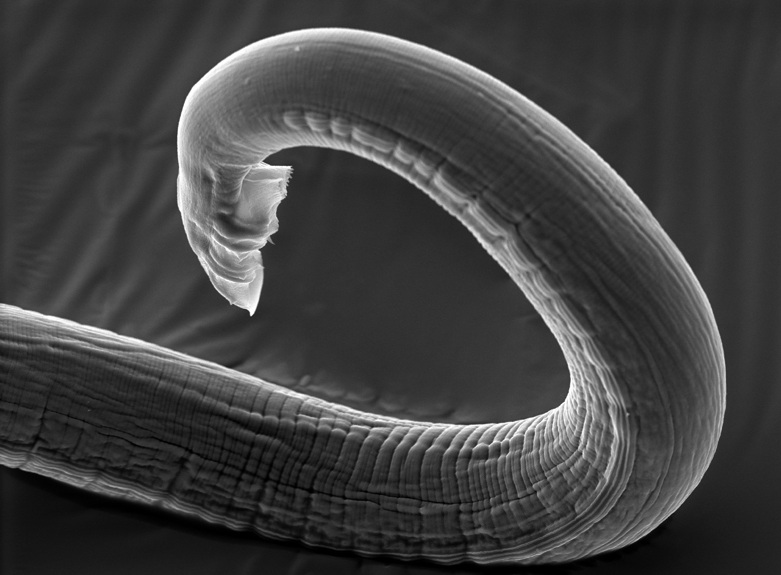
Genes and epilepsy
A number of epilepsies are caused by mutations in genes. Errors in our DNA code. These mutations stop the gene from being able to make its protein. The gene mutations that most often cause epilepsy affect the properties of electrical brain cells (called neurons) and how they send signals (called action potentials or nerve impulses). One of the most common genes linked to epilepsy is the SCN1A gene.
Sodium channels are key for how electrical brain cells work
The SCN1A gene codes for part of a sodium channel. Sodium channels are fundamental to how neurons send signals. They have to open in order for an action potential to start and travel along a neuron. The particular type of sodium channel that SCN1A encodes opens right at the start of an action potential, when the neuron first fires its signal. Without this, the neuron struggles to fire when it should. Sodium channels, as their name suggests, allow sodium ions to enter neurons. The reason they do this is that sodium is normally concentrated outside of the neuron. Once a channel opens for sodium, sodium rushes into the cell and because sodium ions carry a positive electrical charge this changes the electrical properties of the neuron (the inside of the neuron briefly becomes more positive than normal). The sodium channel then closes and the neuron returns to normal (perhaps imagine a battery flipping back and forth). This is how electrical signals are transmitted– a brief flip-flop of electrical charge. Sodium channels open, ions enter, sodium channels close.
When a nerve impulse (action potential) reaches the end of the neuron it causes a chemical stored in the nerve ending called a neurotransmitter to be released. This acts as a signal to the next neuron, either causing it to become more or less active. It turns out that the sodium channel that is built by the SCN1A gene is important for how inhibitory neurons send their signals. The job of an inhibitory neuron is to prevent too much electrical activity within the brain. They act as the brakes. If you have a mutation in the SCN1A gene then your brain can’t dampen down neuronal activity. It is like the brakes are cut. The brain gets over-excitable and groups of neurons all fire together. This creates the electrical storm that manifests as a seizure.
A rare epilepsy caused by sodium channel mutations
Dravet syndrome (DS) is a rare and devastating form of epilepsy that begins during the first year of life. It is often detected when a child develops seizures during an infection. The seizures are far worse than they usually would be and they continue after treatment for the illness and the high temperature resolve. The seizures get worse and worse and put children at risk for sudden unexpected death (SUDEP). Such repeated and severe seizures are also thought to damage the brain and the child’s neurodevelopment slows along with the appearance of movement and coordination difficulties.
The lack of a specific treatment
There are urgent and unmet needs for treatments for DS. Most children with DS do not respond to standard anti-seizure drugs. While there has been some progress in recent years, including the approval of CBD (cannabidiol), these drugs do not address the underlying cause – most DS patients have a mutation in SCN1A. A number of research teams are now trying to develop treatments for DS that work directly to restore levels of the SCN1A gene. Mutations are usually found in only one of the two copies of a gene, and so the other copy of the gene still works but can’t generate enough of the protein that neurons need. If there was a way to boost output from the remaining copy, it could be enough for neurons to fire normally again.
A clever trick hides a gene error and restores sodium channels to treat Dravet syndrome
An exciting new study was recently published in Science Translational Medicine by a team led by Dr Lori Isom at the University of Michigan in collaboration with Stoke Therapeutics. The paper begins with the finding that a small amount of the SCN1A gene’s message to make a protein is normally non-functional. It contains a small error, like a spelling mistake, and as a result the message is destroyed rather than being made into protein. The team realised that if they could mask the error, the error message would be “skipped” and more protein would be made. This could be a way to increase the amount of SCN1A in DS. They called the technique to do this, TANGO (targeted augmentation of nuclear gene output). They designed an artificial DNA-like sequence to hide the error message (like a genetic Tipp-Ex to hide the spelling mistake) and showed that when this was introduced into cells they made more SCN1A protein.
Having proven this, they turned to mice. The loss of a copy of the SCN1A gene in mice produces a very similar syndrome to humans with early life vulnerability to high temperature seizures, the later development of frequent seizures and risk of early death from SUDEP. The team injected the TANGO treatment into mice with DS caused by a mutation in the SCN1A gene. This resulted in survival of 97% of the DS mice and a dramatic reduction in the number of seizures the mice had. They found the treatment worked best when injected at an early age but was still very effective in older mice. Clinical trials are now underway.
“Our thought is that early intervention with TANGO in mice may be able to change brain excitability,” says lead author Isom, “And if that’s also true for kids with Dravet, that would be incredible.” Based on the encouraging findings of the mouse study, Stoke Therapeutics recently launched a clinical study to begin evaluating the treatment in children and adolescents with DS.
Where to next?
The paper represents a major advance in the field and offers hope for children with DS. One caveat is that the TANGO treatment uses large molecules that cannot be taken in the usual way as a pill. Instead, they will have to be injected into the spinal fluid. Nevertheless, the molecules remain in the brain for weeks after injection so the frequency of injection may be tolerable. Finally, the technique may also have uses for other genetic epilepsies. Many genes seemed to carry these small error messages and so the same technique could help others with devastating diseases.
‘Antisense oligonucleotides increase Scn1a expression and reduce seizures and SUDEP incidence in a mouse model of Dravet syndrome‘ was published in Science Translational Medicine in August 2020.
About the author

David is an Anglo-Irish-German neuroscientist who lives and works in Dublin. He studied Pharmacology for his undergraduate and PhD studies then moved to the USA where he spent six years between Pittsburgh and Portland. He came to RCSI in 2004 where he is currently Professor of Molecular Physiology and Neuroscience and the Director of the FutureNeuro Research Centre. His team are interested in the causes, diagnosis and treatment of epilepsy and neurodevelopmental disorders. In his free time, David enjoys running, reading, vegan cooking and as much time as possible with his family.




Be the first to comment